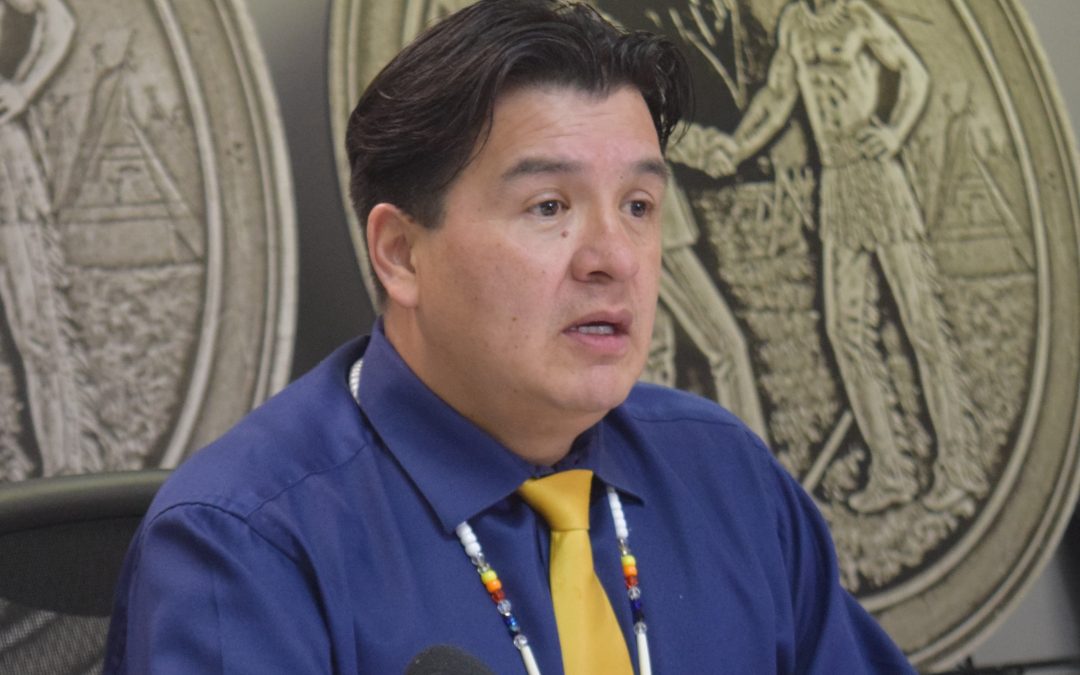A new report says 50 per cent of First Nation children on reserve are living in poverty with even higher numbers in Saskatchewan and Manitoba.
The report also says children living on-reserve are four times more likely to live in poverty than non-Indigenous children causing a host of negative physical and mental effects.
It was commissioned by the Assembly of First Nations and the Canadian Centre for Policy Alternatives and tracks poverty rates using the 2011 National Household Survey and 2006 and 2016 censuses.
Federation of Sovereign Indigenous Nations Chief Bobby Cameron says although the numbers aren’t necessarily surprising, it doesn’t make them any less alarming.
“We are in crisis mode, we really are in crisis mode,” he says. “I would say and many would agree with me when I say, we’re in a state of emergency, that’s what it is. And if we don’t do something about it now, we’re going to lose thousands of our youth to the justice system, to the addictions that many are battling now.”
Cameron adds now is the time for governments at all levels to come together and tackle the problem.
“We hope that we can come together to secure long term sustainable funding that’s going to combat this and offer these education and employment opportunities to our youth.”
The Towards Justice: Tackling Indigenous Child Poverty in Canada report was published by Upstream: Institute for a Healthy Society.
Premiers and territorial leaders were in the Big River First Nation Tuesday discussing a number of issues including First Nations child poverty and the federal government’s new Indigenous child welfare act.
With files from Dan Jones.
(PHOTO: Federation of Sovereign Indigenous Nations Chief Bobby Cameron. File photo.)
